SOURCE: IDRW.ORG.
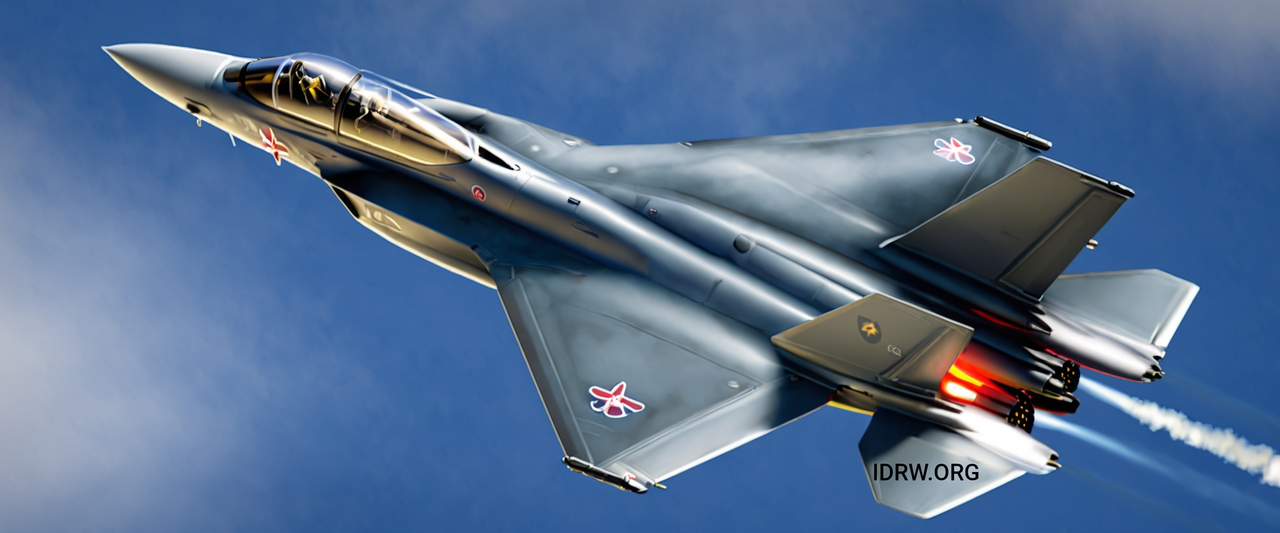

In a recent interview with News9 Plus, former Air Chief Marshal R.K.S. Bhadauria emphasized the need for India to not only focus on the development of the 5th-generation Advanced Medium Combat Aircraft (AMCA) but also start working on integrating 6th-generation technologies into the program. Bhadauria, who played a key role in the conceptualization and initiation of the AMCA program, underscored that incorporating elements of future fighter technologies into the AMCA would pave the way for a smoother transition to the development of an indigenous 6th-generation fighter in the coming decades.
Bhadauria highlighted several key 6th-generation technologies that are set to redefine the future of air combat. These technologies include:
Continue readingSOURCE: IDRW.ORG
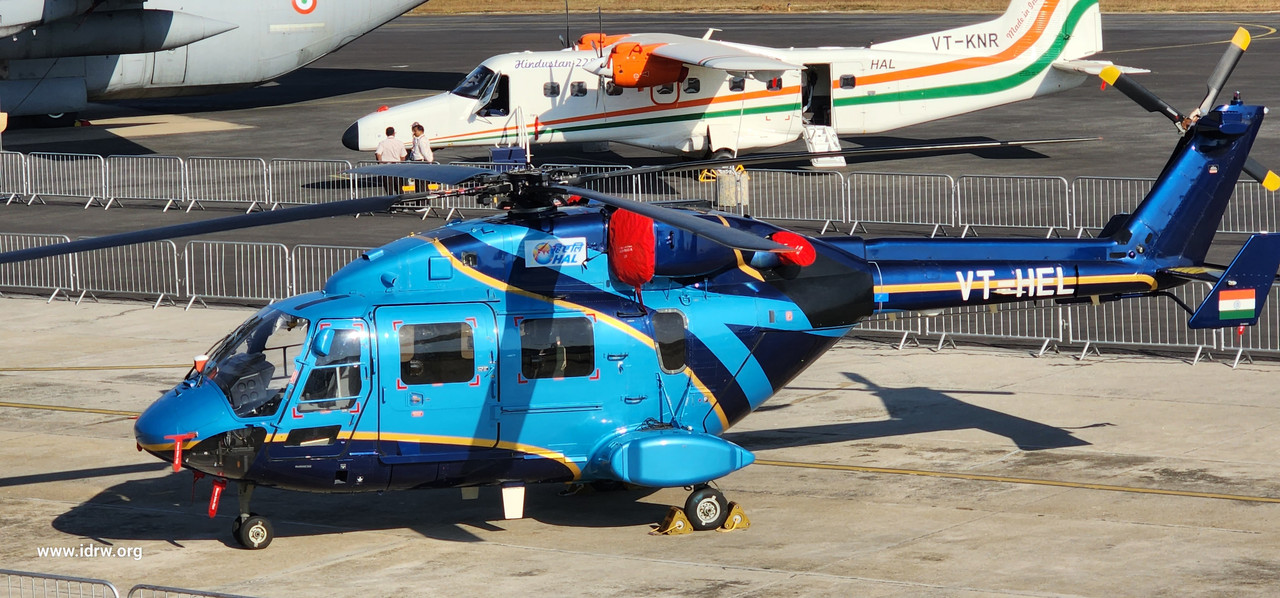

Hindustan Aeronautics Limited (HAL) has faced significant challenges in attracting private sector interest for the indigenous Advanced Light Helicopter (ALH) Dhruv (Civil version) through its Transfer of Technology (ToT) initiative. Despite HAL’s offer to allow potential Indian private companies to manufacture the helicopter, the plan has failed to garner any traction, reflecting broader concerns about the market viability of the Dhruv’s civil version.
The primary reason for the lack of enthusiasm from private sector players stems from HAL’s inability to secure substantial commercial orders for the ALH-Dhruv (Civil version). While HAL has successfully manufactured nearly 400 units of the ALH-Dhruv for the Indian Armed Forces—including the Indian Army, Indian Air Force, Indian Navy, and the Indian Coast Guard—the civil variant has struggled to meet the standards required for widespread civilian use.
Continue readingSOURCE: RAUNAK KUNDE / NEWS BEAT / IDRW.ORG
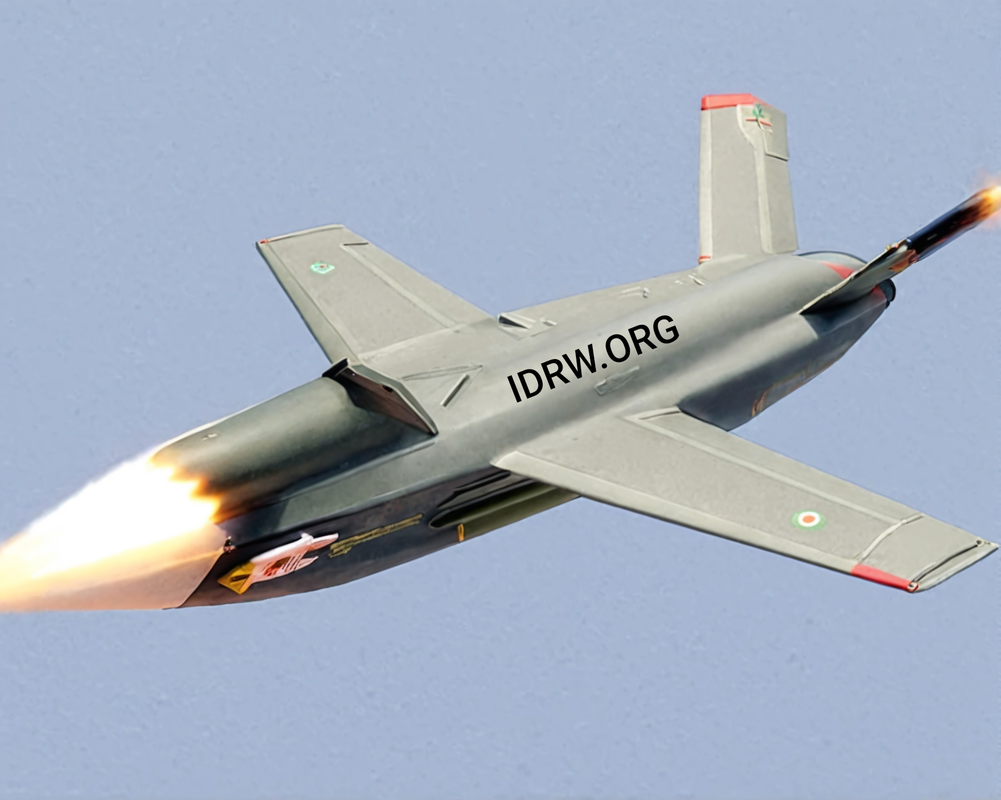

India’s ambitious Loyal Wingman program, which aims to develop unmanned combat aerial vehicles (UCAVs) to support manned fighter jets, is taking a significant leap forward with the development of a new generation of air-to-air missiles.
The program’s UCAVs, also known as Loyal Wingmen, will be equipped with the Next-Generation Close Combat Missile (NGCCM), a local variant of the ASRAAM Beyond-Visual-Range Air-to-Air Missile (BVRAAM). This ensures compatibility with existing Indian Air Force (IAF) weaponry.
Continue readingSOURCE: RAUNAK KUNDE / NEWS BEAT / IDRW.ORG
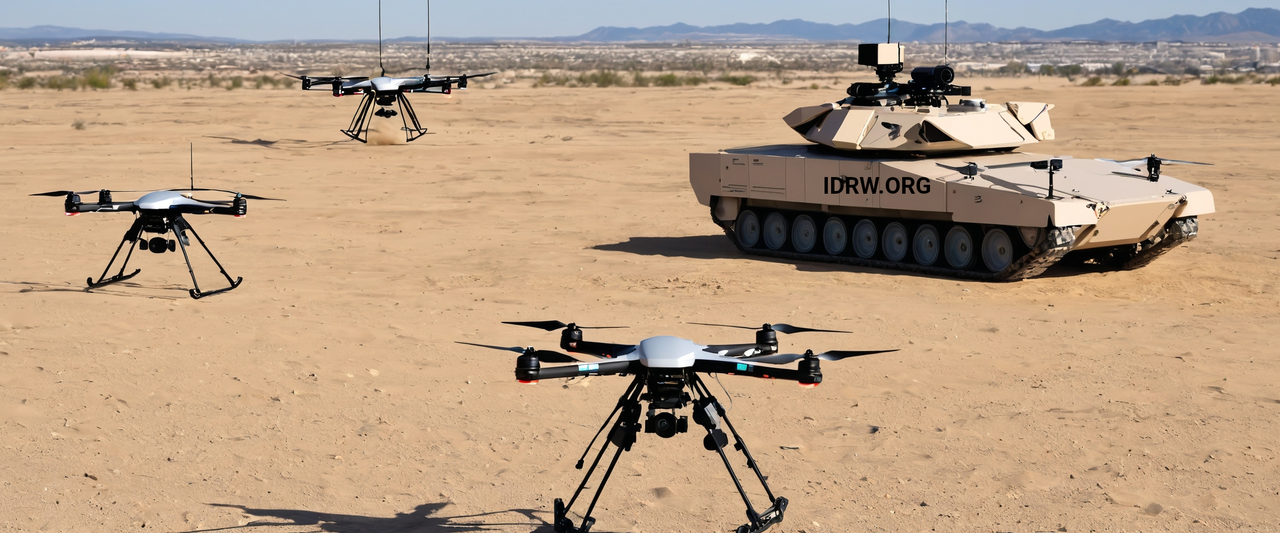

The Defence Research and Development Organisation (DRDO) is taking a multi-pronged approach to strengthen India’s tank defenses. While actively developing an Active Protection System (APS) for tanks, DRDO is also exploring its potential to counter the growing threat of swarm and FPV (First-Person View) armed drones.
An APS is a crucial defensive suite designed to detect, track, and intercept incoming threats before they can damage a tank. Traditionally, these systems focus on neutralizing ATGMs, tank rounds, and other infantry anti-armor weapons. However, the recent war in Ukraine has highlighted the vulnerability of Armoured vehicles to drone attacks, particularly highly maneuverable first-person view (FPV) kamikaze drones.
Continue readingSOURCE: RAUNAK KUNDE / NEWS BEAT / IDRW.ORG
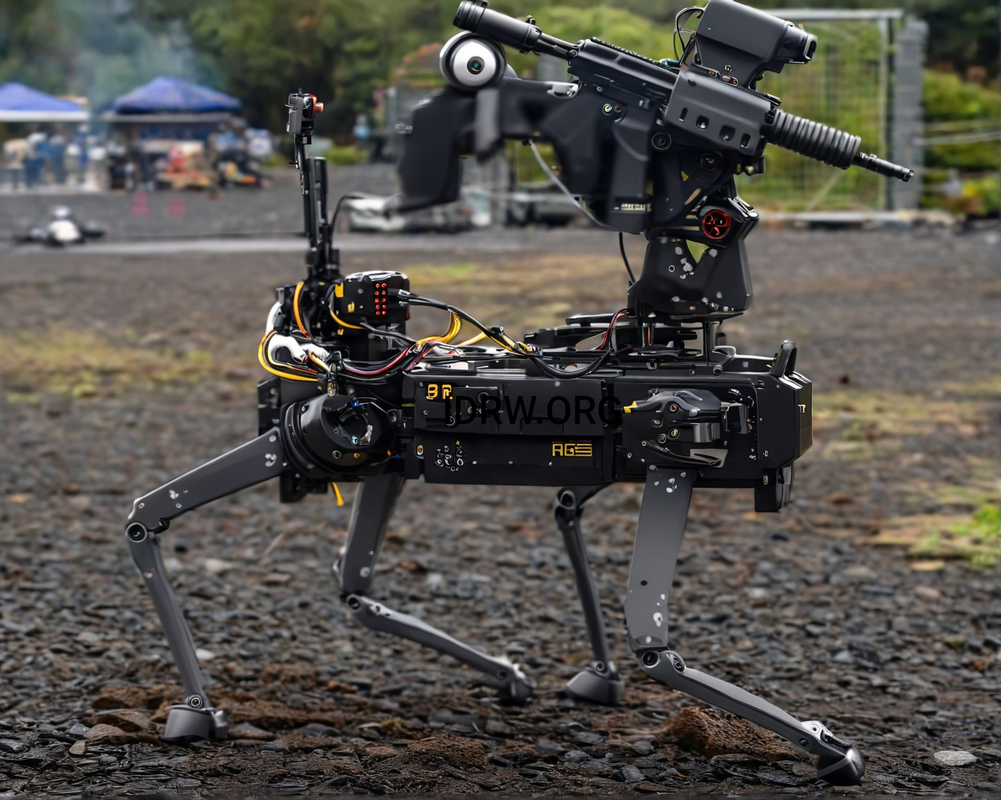

The Indian Army is actively exploring the potential of weaponized robot dogs to bolster its capabilities against drone threats. Lessons learned from the war in Ukraine and ongoing conflicts in the Middle East have highlighted the growing need for advanced anti-drone technologies.
The army has already inducted a robot dog equipped with a machine gun and RPG, demonstrating its interest in employing robotic platforms for military operations. Now, the focus is on harnessing these capabilities to counter drone threats effectively.
Continue readingSOURCE: IDRW.ORG


JSR Dynamics Private Limited, a Nagpur-based company, has showcased its latest development – a Blended Wing Body UAV airframe. This innovative design has garnered significant attention in the defense and aerospace industry.
While the company has not disclosed many specifics about the Blended Wing Body UAV, it is likely to be powered by a mini jet-powered engine. This suggests that the UAV could potentially be as large as the Iranian jet-powered Shahed-238 kamikaze drones.
Continue readingSOURCE: IDRW.ORG
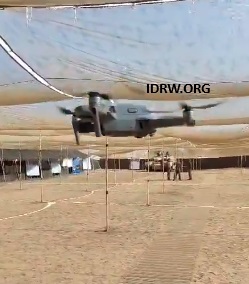

New Delhi-based Botlab Dynamics, an iDEX winner, showcased its innovative disposable lightweight drone at the recent 20th India-US YudhAbhyas exercise. This cutting-edge technology is poised to significantly enhance battlefield intelligence for the Indian Army and Navy.
The disposable drone, equipped with day/night surveillance capabilities and beyond-line-of-sight (BLOS) functionality, is designed to provide ground soldiers with real-time situational awareness. Its ability to assess battle damage further underscores its potential to revolutionize tactical operations.
Continue readingSOURCE: RAUNAK KUNDE / NEWS BEAT / IDRW.ORG
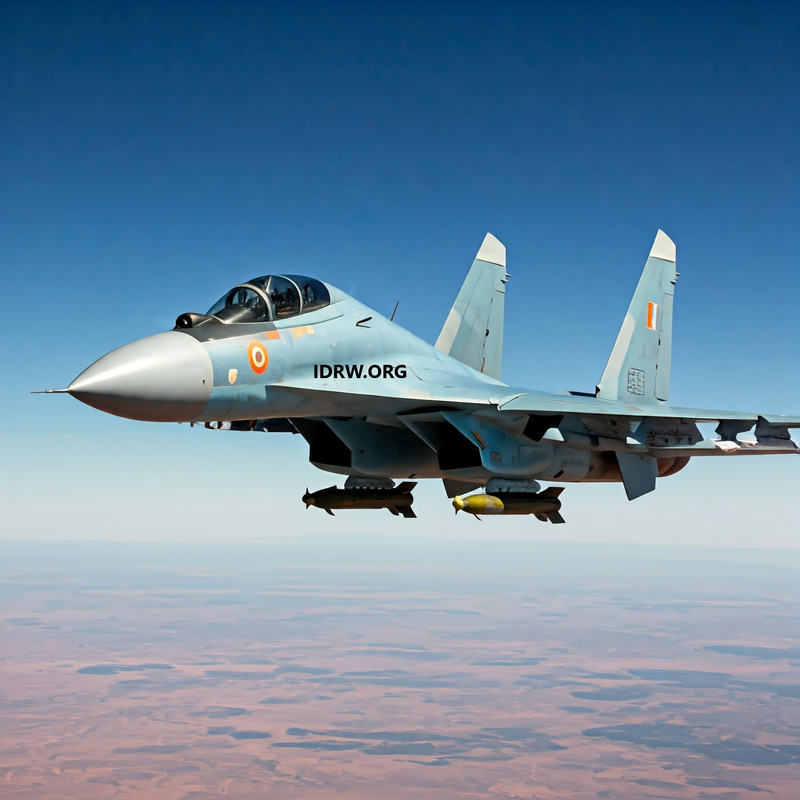

The Indian Air Force (IAF) is embarking on a significant modernization program to transform its fleet of Su-30MKI fighter jets into veritable “missile trucks.” As the development of long-range air-to-surface weapon systems accelerates, the Su-30MKI’s ability to stay airborne for extended durations and carry substantial payloads of missiles or bombs is becoming increasingly valuable.
This enhanced firepower will significantly expand the IAF’s capabilities, supplementing the limited missile-carrying capacity of other fighter jets in its inventory. The RudraM series of air-to-surface missiles, under development at a rapid pace, will play a crucial role in this transformation. The Rudram-3 and Rudram-4, in particular, are poised to become heavy hitters in the IAF’s arsenal and will be exclusively available for the Su-30MKI platform.
Continue readingSOURCE: RAUNAK KUNDE / NEWS BEAT / IDRW.ORG
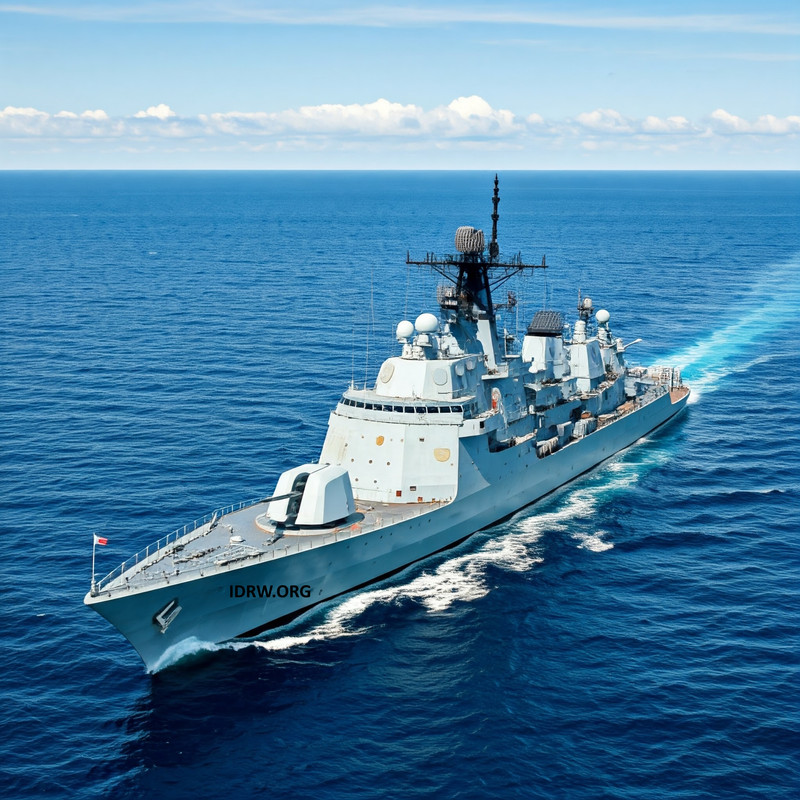

The Indian Navy is ramping up efforts to enhance the stealth capabilities of its warships by focusing on reducing the Radar Cross Section (RCS) of exposed weapons and sensor equipment. In a strategic move to maintain an edge in naval warfare, the Navy has called upon its design teams to work closely with weapon and sensor suppliers to minimize the RCS of equipment mounted on its vessels.
This initiative is part of the Navy’s broader efforts to incorporate advanced stealth features into its warships, particularly those being developed as part of its Made in India campaign. By reducing the detectability of its ships on enemy radar systems, the Navy seeks to significantly enhance the survivability and combat effectiveness of its fleet in modern maritime conflicts.
Continue readingSOURCE: RAUNAK KUNDE / NEWS BEAT / IDRW.ORG
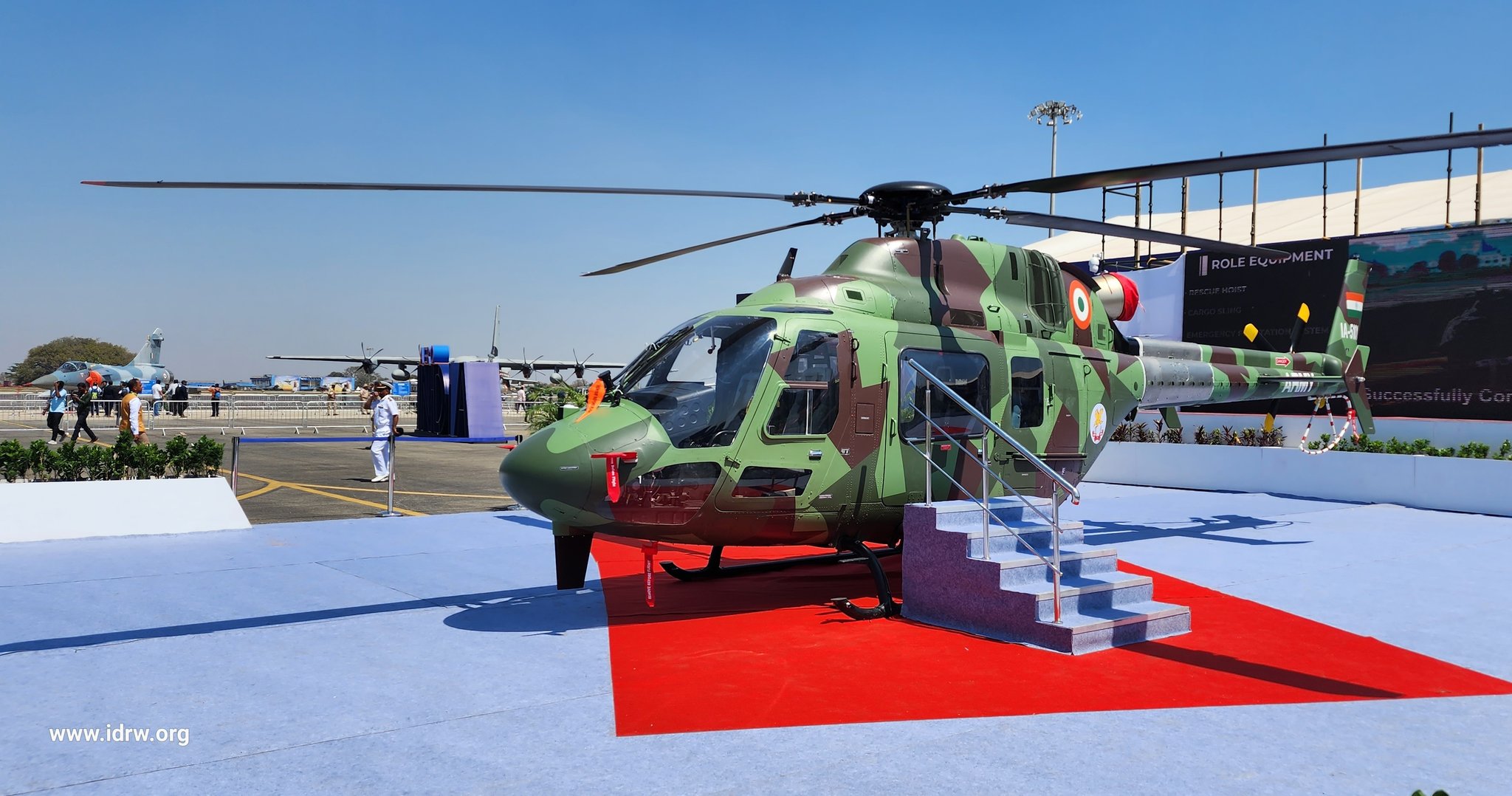

With ongoing delays and a lack of progress in the procurement deal with Russia for the Kamov 226T helicopter, the Indian Army is reportedly considering a significant increase in its order for the Light Utility Helicopter (LUH) developed by Hindustan Aeronautics Limited (HAL). This shift comes as the Army prepares to phase out its ageing fleet of Cheetah and Chetak helicopters over the next decade.
In 2015, India and Russia signed an Inter-Governmental Agreement (IGA) for at least 200 Kamov 226T twin-engine utility helicopters. The initial plan was to import 60 units directly from Russia, while the remaining 140 were to be manufactured locally by HAL. The Ka-226T was chosen for its twin-engine design, which is considered safer for high-altitude operations, particularly in challenging terrains like the Himalayas.
Continue readingSOURCE: IDRW.ORG.
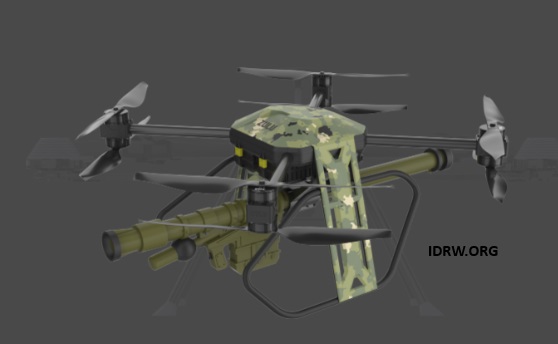

Bengaluru-based startup Zulu Defence Systems is making waves in the defense sector with its cutting-edge development, VOLUME35, a weaponized Unmanned Aerial System (UAS) platform. The VOLUME35 is a game-changer for air defense in India, with the ability to carry and launch the highly effective Igla-S shoulder-fired anti-aircraft missiles. This innovative UAS platform could significantly enhance India’s air defense capabilities, offering unmatched mobility, flexibility, and rapid deployment in combating enemy aerial threats.
The Igla-S is a man-portable air defense system (MANPADS) designed for targeting and neutralizing low-flying enemy aircraft, helicopters, and drones. This Russian-made system is known for its effectiveness, precision, and ease of use, and has been widely adopted by military forces around the world.
Continue readingSOURCE: IDRW.ORG.


Sagar Defence Engineering Pvt. Ltd. has been declared the winner of the iDEX ADITI 1.0 Challenge for its Two-Man Tactical Aerial Vehicle (TM-TAV) specifically designed for High-Altitude (HA) operations. This novel aircraft falls under the category of Personal Aerial Vehicles (PAVs) and utilizes electric Vertical Take-Off and Landing (eVTOL) technology.
The Two-Man Tactical Aerial Vehicle represents the culmination of advancements in electric vertical take-off and landing (eVTOL) technology, ushering in a new era of human-sized manned vehicles tailored for high-altitude operations. Equipped with a spacious cabin/cockpit capable of accommodating a pilot and additional payload, this innovative platform offers unparalleled versatility and performance.
Continue readingSOURCE: RAUNAK KUNDE / NEWS BEAT / IDRW.ORG
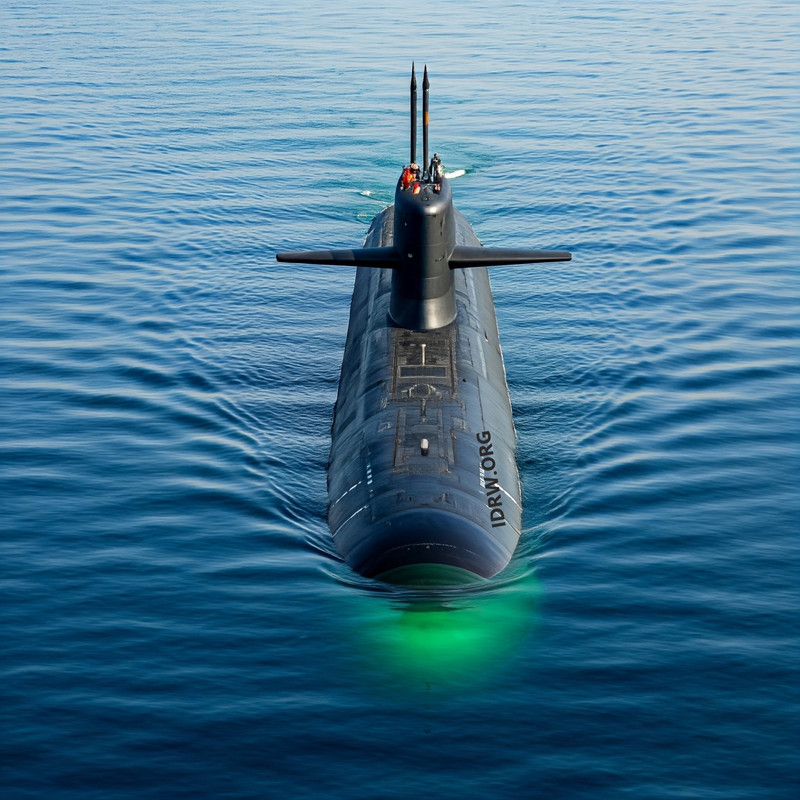

India’s nuclear attack submarine program recently received Cabinet Committee on Security (CCS) approval for the construction of two nuclear-powered attack submarines (SSNs), a critical step forward in strengthening India’s maritime defence capabilities. New details, as reported by the Times of India (TOI), suggest that these submarines will have a displacement of nearly 10,000 tons, significantly larger than previously speculated figures of 6,000-7,000 tons.
The increased displacement of India’s nuclear attack submarines places them in the same league as the American Virginia-class submarines, specifically the SSN-774 Block V variant, which displaces around 10,200 tons. This would make India’s SSNs comparable to some of the most advanced nuclear attack submarines (SSNs) in the world in terms of size and potential capability.
Continue readingSOURCE: RAUNAK KUNDE / NEWS BEAT / IDRW.ORG
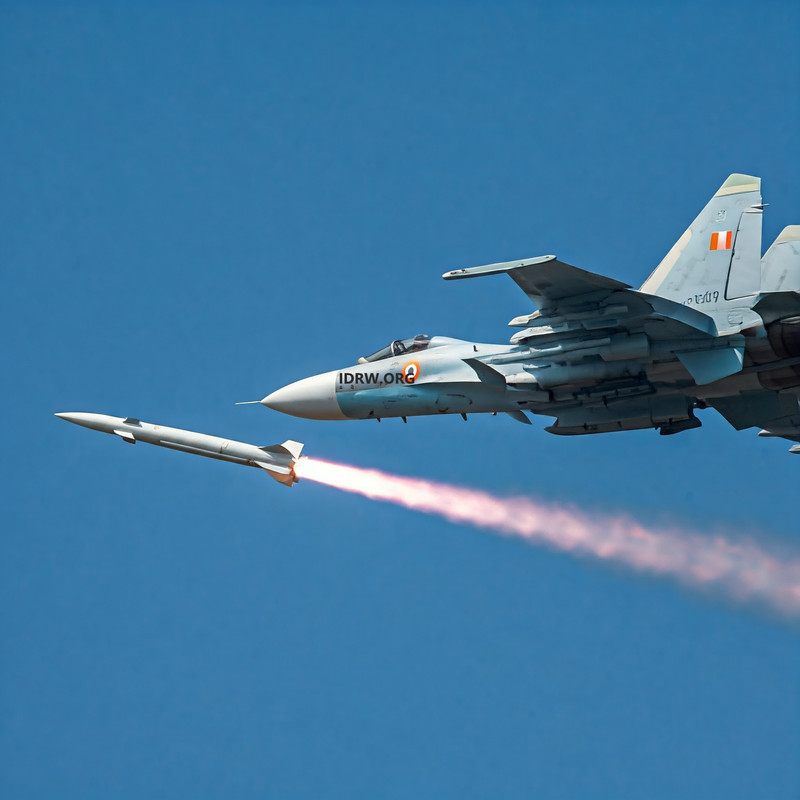

In response to the Indian Air Force’s (IAF) call for expedited development, the Defence Research and Development Organisation (DRDO) is set to commence initial trials of the Air-Launched Long Range Land Attack Cruise Missile (ALLCM) program from 2025 onwards.
The ALLCM, based on the subsonic cruise missile designed and developed by the Aeronautical Development Establishment (ADE) for the Indian Army, will be launched from IAF’s Sukhoi-30MKI jets. The IAF variant will be approximately 1.3 tons lighter due to the removal of the first-stage solid rocket booster.
Continue readingSOURCE: RAUNAK KUNDE / NEWS BEAT / IDRW.ORG


The exit of German Chancellor Angela Merkel in 2021 paved the way for ThyssenKrupp Marine Systems (TKMS) to make a strong comeback in India’s prestigious P75I submarine project.
During Angela Merkel’s 16-year tenure as Chancellor, TKMS, despite being a frontrunner for India’s P75I submarine project, faced several obstacles. These challenges included stringent export controls and high demands for technology transfer (ToT) from the Indian Navy. TKMS raised concerns that some of the requirements, such as the high indigenous content percentage and almost unlimited liability for the foreign technology partner, were nearly impossible to meet.
Continue reading